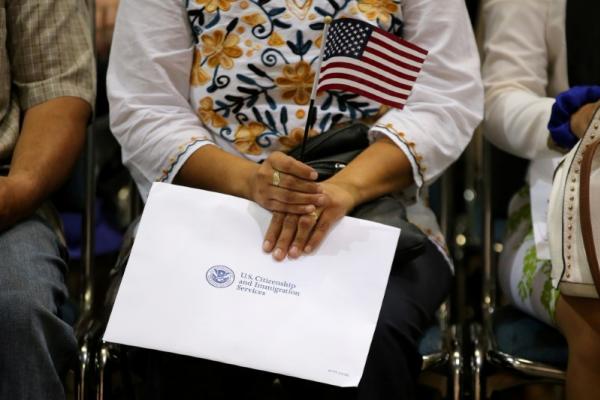Aug 9, 2018
While the INS’s mission was primarily to maintain control of the border and monitor immigration, the CBP’s mission aims to “safeguard America's borders thereby protecting the public from dangerous people”. The shift in mission from INS to CBP reflects an emphasis on anti-terrorism rather than immigration management.
Read the Full Article

Already a subscriber? Login
